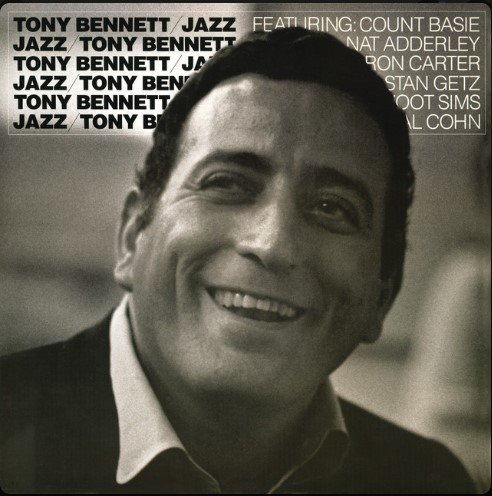[Monday Notes No. 173] Just Friends is a classic jazz standard from 1931, composed by John Klenner (music) and Sam M. Lewis (words). It is a song about a love that ended and became just a friendship.
The piece is original in its lyrics but also in its melody, which repeatedly performs a descending tritone interval, making the song a unique one in the American repertoire. Here is the musical analysis of Just Friends.
The great American song tackles the theme of love from different points of view: love that has just started, love that is unrequited, love only dreamed of, or in this case a love that has ended with the two protagonists who are now ‘just friends’.
The piece has the typical ABAC form of 32 measures, but it is in the two [A] sections that the most interesting things happen. Indeed, the melodic line underlines the bitterness of the text with a double tritone jump, especially on the most significant phrases of the poetic text. Here is the score of the part [A] of Just Friends.

We can note a descending tritone interval between the notes A and E-flat. We must remember that the tritone is one of the most dissonant intervals, so much so that in ancient harmony it was considered a ‘forbidden’ interval and even labelled ‘diabolus in music’ due to the difficulty of intoning it.
Today our ear is accustomed to all kinds of intervals and so the tritone is no longer as dissonant as in the past. No wonder then that Tony Bennett intones it with ease. The great American singer is here accompanied by an extraordinary band featuring Stan Getz on sax, Herbie Hancock on piano, Ron Carter on bass and Elvin Jones on drums.

The same interval returns in the second section [A], with different words. In particular, the phrase ‘Two friends but one broken heart’ shows that the speaker is by no means resigned and that perhaps it is not by his will that love has ended.
Also harmonically, section [A] is the most interesting. Just Friends begins in fact on the IV degree, and then resolves on the I degree with a typical jazz cadence, known as backdoor cadence or also Lady Bird cadence.
The Eb7 chord in the second sentence is also interesting; it is the tritone substitution of a secondary dominant V/V. If you want to understand these concepts better, perhaps you might be interested in my functional harmony course.

It has happened to everyone that a declaration of love has had the response ‘sorry, we can only be friends’. Perhaps Just Friends has been played and sung so many times also because it describes so beautifully a situation and an emotion that everyone has experienced at least once in their life.
Until next Monday!


